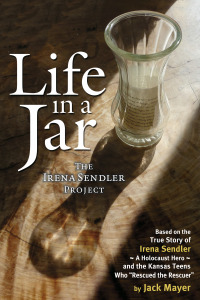The concentration and death-camp complex at Auschwitz-Birkenau was the largest killing center in the entire Nazi universe; the very heart of their system. Of the many sub-camps affiliated with Auschwitz, Birkenau, or Auschwitz II, was by far the largest.
The main camp, Auschwitz I was on the outskirts of the Polish city Oswiecim. Birkenau was in a suiburb named Zasole.
The Polish government has maintained the site as a memorial for all those who perished there during World War II. Unlike the main camp at Auschwitz, Birkenau is not a museum, research archive, or publishing house.
It is preserved more or less in the state it was found at liberation in January 1945. However, only a few of the wooden barracks remain and are now being restored.
The brick barracks and other structures in the women’s camp still stand. All four Birkenau krematoria were dynamited by the retreating SS, however their ruins can still be seen.
This photographic exhibit shows the camp as it exists today, empty and quiet. Many hundreds of thousands of people visit here from all over the world each year. Every day one can observe, in addition to people of many lands, numerous bus-loads of Polish students walking the camp with their teachers and guides.
These days, thanks to a new treaty and better relations between Israel and Poland, one can observe many Israeli youth with their teachers, visiting the camp.
This is not a pleasant site, not one that will distract from the pressures of everyday existence. But Birkenau, the largest and most lethal of the Auschwitz camps, is as much a part of the world as any aspiration for freedom and peace.
In this sense, the authors and publishers of this exhibition feel we need to constantly explore this place and the ideas that created it, in the hope that eventually we will understand why people do such terrible things to other human beings, and why some were able, despite the tremendous role luck played, to find the strength to survive it.
The search for this kind of meaning has, as paradoxical as it may sound, enriched our lives.



